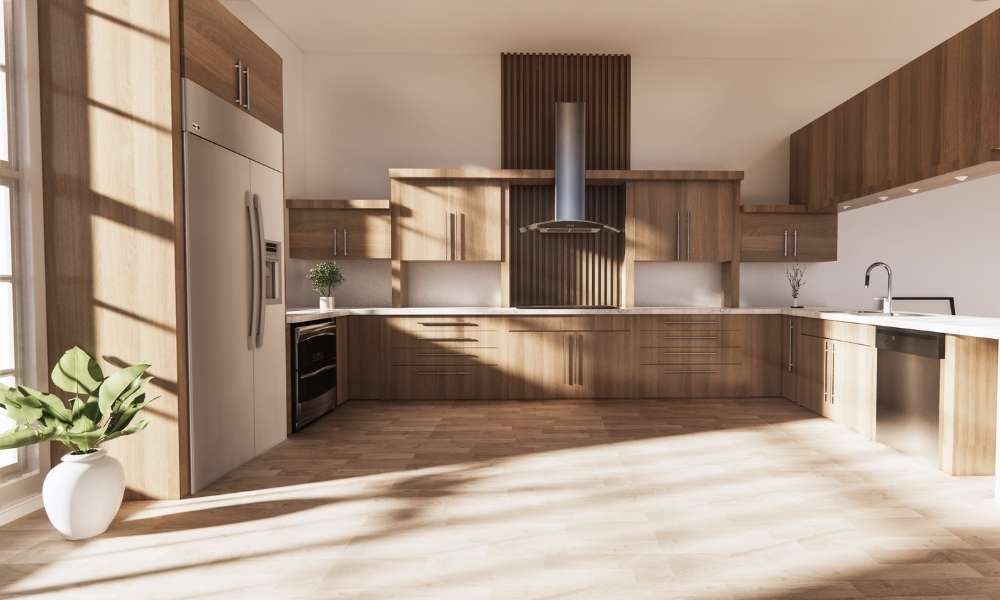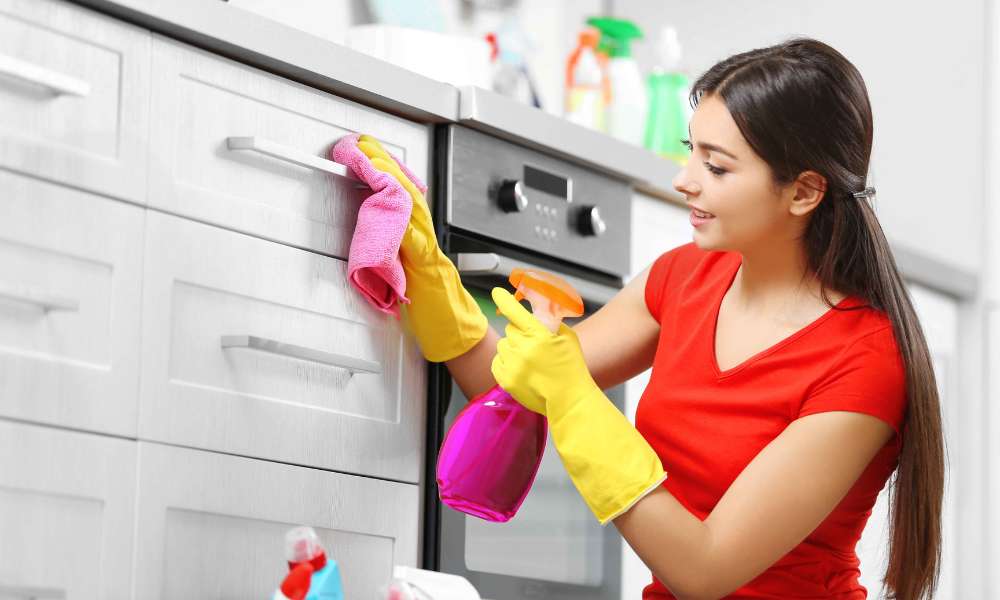Mixing bowls are an essential component in any kitchen, serving a variety of functions from mixing ingredients to serving dishes. Whether you are an occasional baker or a culinary enthusiast, the right set of mixing bowls can significantly enhance your cooking experience. However, a common question arises for many home cooks: “How many mixing bowls do I need?” The answer isn’t straightforward as it depends on several factors, including your cooking habits, the types of recipes you frequently prepare, and your kitchen’s storage capacity. This guide aims to help you determine the optimal number of mixing bowls for your kitchen, ensuring you have the right tools to create your culinary masterpieces efficiently and effectively.
Understanding the Basics
Mixing bowls come in various types and sizes, each designed to serve specific culinary needs. The most common materials for mixing pots include stainless steel, glass, ceramic, and plastic. Stainless steel bowls are durable, lightweight, and ideal for vigorous mixing. Glass bowls are versatile and allow you to see your ingredients, but they can be heavy and fragile. Ceramic bowls are aesthetically pleasing and retain heat well, making them great for dough rising, while plastic bowls are lightweight and affordable but can retain odors and stains over time. Mixing pots typically range in size from small (1-2 quarts) for whisking dressings or beating eggs to large (5-8 quarts) for mixing large batches of dough or salad. Understanding these basics can help you choose the right pots to meet your cooking and baking needs efficiently.
Assessing Your Cooking Habits
Before deciding how many mixing bowls you need, it’s crucial to assess your cooking habits. Consider how often you cook or bake and the types of recipes you usually prepare. If you cook daily and enjoy trying out new recipes, having a variety of pots in different sizes is beneficial. Frequent bakers might need additional pots for tasks like proofing dough, mixing batters, and preparing multiple components simultaneously. If your cooking is more occasional and limited to simple meals, a basic set of three to four bowls may suffice. By understanding your cooking habits, you can better determine the number and variety of pots that will make your kitchen operations smoother and more efficient.
Basic Minimum Requirements
For a beginner cook, having a minimum set of mixing bowls is essential to cover most basic cooking tasks. A good starting point is a set of three pots in varying sizes: small (1-2 quarts), medium (3-4 quarts), and large (5-8 quarts). The small bowl is perfect for whisking dressings or beating a few eggs, the medium bowl is ideal for mixing ingredients for cakes or cookies, and the large bowl is suitable for tossing salads or mixing dough. This basic set ensures you have the necessary tools to handle a wide range of recipes without feeling overwhelmed by excessive kitchen equipment. As you become more comfortable and adventurous in your cooking, you can gradually expand your collection based on your specific needs.
For the Avid Home Cook
Avid home cooks often require a more extensive collection of mixing pots to accommodate a diverse range of cooking techniques and recipes. In addition to the basic three-bowl set, consider adding a few extra pots in various sizes and materials. For instance, having an extra-large bowl (8-10 quarts) is useful for large batch recipes, while additional medium-sized bowls allow you to prep multiple ingredients simultaneously. Silicone or flexible plastic bowls can be handy for tasks like melting chocolate in a microwave or double boiler. Bowls with lids are also practical for storing prepped ingredients or leftovers. This expanded collection ensures you have the flexibility to tackle complex and multi-step recipes with ease, enhancing your culinary creativity.
Specialized Needs
Certain cooking and baking tasks may require specialized mixing pots to achieve the best results. For example, bread makers might need a large ceramic or glass bowl to allow dough to rise properly. Bakers who frequently work with whipped cream or meringue could benefit from a stainless steel bowl, which can be chilled to maintain the right temperature. Nesting pots are a great space-saving option, allowing you to store multiple pots within one another. Bowls with pour spouts or handles can make transferring ingredients less messy and more efficient. By identifying these specialized needs, you can select the right pots that cater to your specific cooking and baking tasks, ensuring optimal performance and convenience.
Material Considerations
Choosing the right material for your mixing bowls is essential for both functionality and durability. Stainless steel pots are favored for their resilience and versatility; they are non-reactive, easy to clean, and ideal for mixing a variety of ingredients. Glass bowls, while heavier, offer the advantage of being microwave-safe and visually transparent, allowing you to monitor the mixing process. Ceramic bowls are excellent for maintaining consistent temperatures, making them perfect for tasks like dough rising. Plastic bowls are lightweight and affordable but may absorb odors and colors from certain foods over time. Consider the pros and cons of each material to select mixing pots that best suit your cooking style and preferences.
Space and Storage
Efficient storage of mixing bowls is crucial, especially in kitchens with limited space. Opt for nesting pots, which can be stacked inside one another to save valuable cabinet space. Bowls with lids can double as storage containers, reducing the need for additional kitchenware. Consider investing in collapsible pots made from silicone, which can be flattened when not in use. Organize your kitchen cabinets or drawers to keep bowls easily accessible, and use shelf risers or dividers to maximize vertical space. By implementing these storage strategies, you can keep your mixing pots organized and within reach, ensuring a clutter-free and functional kitchen environment.
Budget Considerations
Mixing bowls come in a wide range of prices, from budget-friendly options to high-end professional-grade sets. When selecting mixing pots, it’s important to balance quality and cost. While it might be tempting to go for the cheapest option, investing in durable, high-quality pots can save you money in the long run by avoiding frequent replacements. Look for sets that offer good value, such as multi-piece collections that cover various sizes and materials. Consider purchasing bowls during sales or from reputable brands known for their durability. By carefully considering your budget and prioritizing quality, you can build a versatile and long-lasting collection of mixing pots without overspending.
Maintaining Your Mixing Bowls
Proper maintenance of your mixing bowls ensures they remain in good condition and last longer. Different materials require specific care: stainless steel pots should washed promptly to avoid water spots, while glass and ceramic bowls need gentle handling to prevent chips and cracks. Read, What Size Mixing Bowls Do I Need. Plastic pots should cleaned thoroughly to avoid retaining odors and stains. It’s also important to follow manufacturer guidelines for dishwasher safety, as some pots may need to hand-washed. Regularly inspect your bowls for any signs of wear or damage and replace them as needed. By taking these steps, you can maintain the functionality and appearance of your mixing pots, ensuring they serve you well for years to come.
Expert Recommendations
Professional chefs and cooking experts often have valuable insights into choosing and using mixing bowls effectively. They recommend having a versatile set of pots that can handle a range of tasks, emphasizing the importance of durability and ease of cleaning. Experts also suggest considering your specific cooking style and needs when selecting pots, ensuring you have the right tools for the job. Investing in high-quality bowls that are comfortable to use and easy to maintain can make a significant difference in your cooking experience. Following these expert recommendations can help you build a functional and efficient kitchen setup, enhancing your culinary skills and enjoyment.
Conclusion
Determining the number of mixing bowls you need depends on various factors, including your cooking habits, the types of recipes you prepare, and your kitchen space. By understanding the basics of mixing pots, assessing your needs, and considering factors like material, storage, and budget, you can choose the right set of pots to enhance your cooking experience. Whether you’re a beginner cook or an avid home chef, having the appropriate mixing pots can make your culinary endeavors more efficient and enjoyable. By following expert advice and maintaining your bowls properly, you can ensure they serve you well for years to come, making your time in the kitchen both productive and pleasurable.





